While the modules show a white-silver overall picture when switched off, this changes to black-RGB after power is turned on. For illustration purposes, here is a short video, and for any readers with a bad internet connection, a short picture gallery as an alternative.
A small teardown and look under the heatspreader may not be missing of course because of curiosity. Of course, this was done after the testing on the followng page so as not to falsify the measured performance of the modules.
Since they are sinlge-sided and single-ranked modules, we only find memory chips on one side. Specifically, these are 8 DJR or D-Die modules from SK Hynix, each with 8 Gbit capacity and part number H5AN8G8NDJR. Deviating from the reference design of the PCB named HMA81GU6DJR8N, we can see ADATA’s integrated RGB LEDs at the top, 15 in number in clusters of 3, which provide the impressive lighting.
While removing the heatspreader on the side with the ICs was a piece of cake with a hairdryer and 5 minutes of time, the backside, which was fixed with foam, turned out even the more difficult. Thirty minutes and a little PCB bending later, I admitted defeat. Anything more would certainly have resulted in damage to the modules. Disassembling the modules into PCB and heatspreader is therefore not recommended. It’s a pity, but not a disaster, because on the one hand the modules are anything but ugly from the factory and on the other hand the chrome-plated aluminum heatspreaders perform above-average in heat dissipation, as we will see in more detail in a moment.
Specifications and compatibility
Now DDR4-4800 or 5000 in XMP probably sounds like fast RAM for plug and play to the layman, but in fact the usability of such clock speeds and timings depends on several variables in a large equation that I’d like to say a few words about. First of all, of course, the RAM with its memory chips is important, which must meet a certain quality and thus performance. So let’s take a look at the SPD and see what the memory chips on the modules are supposed to be able to do.
As already mentioned, ADATA uses ICs of the DJR type with 8 Gbit capacity each. The chips used here come from the highest quality class “2666V downbin” from SK Hynix and were then further selected or “binned” by ADATA for the Xtreme SKUs, so these are real top models. Also we find in the SPD the information about the organization of the modules and thus the definite confirmation that they are sinlge-ranked DIMMs. The XMP profile for DDR4-4800 is specified with 2404 MHz clock and the timings tCAS 19, tRCD 26, tRP 26, tRAS 46, tRC 72, tFAW 64, tRRDS 18 and tRRDL 18. Interestingly, besides the advertised XMP profile, there is a second additional one for DDR4-4600 with lowered 2299 MHz, tFAW 56 tRRDS 10 and tRRDL 13.
This also brings us to the next variable, the quality of the CPU’s memory controller, also called IMC. Just as there are differences in the quality and thus clock speed of the CPU cores from chip to chip of the same type, the IMC is also under the influence of the Silicon Lottery. So it could be that the IMC of a CPU is simply too weak to run such high clock rates stably, no matter how much voltage is applied to RAM and IMC. ADATA also knows this and therefore supplies the second, more conservative XMP profile as a fallback, should the first not work.
DRAM_CPL
Fittingly, this brings us to the last variable of RAM compatibility, the motherboard and its BIOS. If RAM and CPU are of the highest quality, the motherboard must of course also be able to keep up. Therefore, ADATA has tested and qualified motherboards that meet these requirements and publishes them on their QVL (Qualified Vendor List) or CPL (Compatible Parts List).
Does this mean that other motherboards or CPUs will not work? No, but ADATA has not tested these and therefore the user is the first guinea pig for all other platforms. This was also the case for me with the Maximus XII Apex from Asus. Although this is a motherboard that is specially designed for high RAM clock rates, the compatibility devil has crept in here as well. No matter which BIOS, latest release or beta, no matter how much Vdimm, VCCIO and SA voltage, no matter which skew values were set, DDR4-4800 does not run stable.
Actually I don’t suspect the hardware of the motherboard but the BIOS to be at fault, because 4800 MHz with Samsung B-Die is no problem. Since SK Hynix DJR with DDR4-4800 is exceptional, there simply won’t be any optimizations in the motherboard BIOS for this. And since the board is not on the QVL, users should not complain. In return, it is even nicer that ADATA includes the second XMP profile with DDR4-4600, which then also worked without problems on the Maximus XII Apex.
Test methodology and systems
Now this RAM kit with an XMP clock rate of 4800 MT/s is of course primarily designed for Intel platforms, because only there such high speeds also bring a performance plus. Current AMD Ryzen platforms are known to be bound to the Infinity Fabric, which currently does not clock stably above 1900 MHz for most CPUs, allowing a maximum of 3800 MT/s on RAM in 1:1 mode. More is possible in 2:1 mode, i.e. asynchronous, but it effectively yields nothing. With the 4800 MT/s, you could almost make up for the deficit in bandwidth due to asynchronous operation, but you lose out significantly in terms of latency in any case.
However this is not a CPU comparison, but a review of one of the fastest DDR4 memory kits currently available. Accordingly, a CPU with one of the best memory controllers and one of the best RAM OC mainboards is needed for a real test. The name of the secret weapons is Renoir Ryzen 7 Pro 4750G with a Gigabyte B550 Aorus Pro V2. And while we’re on the AMD platform, I won’t deprive you of a side trip to Zen 3 with a Ryzen 9 5950X either.
On the Aorus Pro V2, the first XMP profile with DDR4-4800 with 19-26-26-46 at 1.5 V actually runs completely plug and play and stable, no matter what CPU. However, since this will never be faster performance-wise in 2:1 mode than 1:1 with slightly lower clock speeds, we tested just that with a little underclocking and tightened the timings accordingly in the same ratio.
So the Ryzen 9 5950X ran DDR4-3800 16-21-21-41 at 1.5 V, which gives us nearly the same effective latencies with the primary timings as the DDR4-4800 19-26-26-46 from the first XMP profile, and thus about the same load on the RAM. With the 4750G the Infinity Fabric even runs stable with 2266 MHz, so here DDR4-4533 with 18-25-25-45 could be tested in 1:1 operation.
As a comparison I used common Samsung B-Die XMP profiles in the high-end segment, e.g. DDR4-4600 18-22-22-42. Kits with these specs are about the same price range as the ADATA kit with DDR4-4800 tested today, at just under 400 Euros.
A complete listing of the test systems can be found here:
| Test systems | |
|---|---|
| Hardware: |
AMD platform
Intel platform
Platform agnostic
|
| Cooling: |
|
| Housing: |
|
| Periphery: |
|
| Gauges: |
|















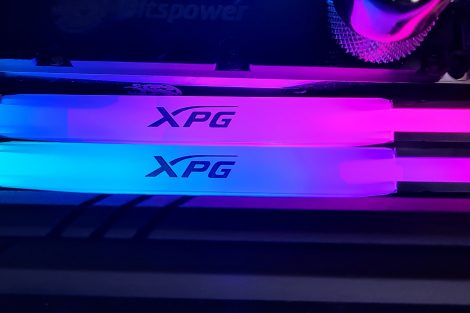
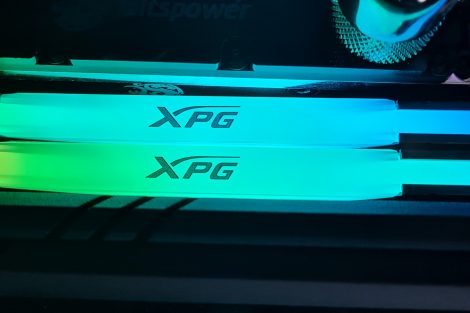
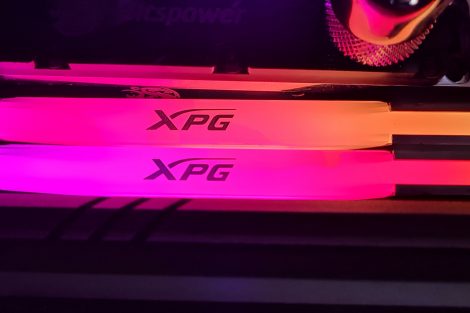
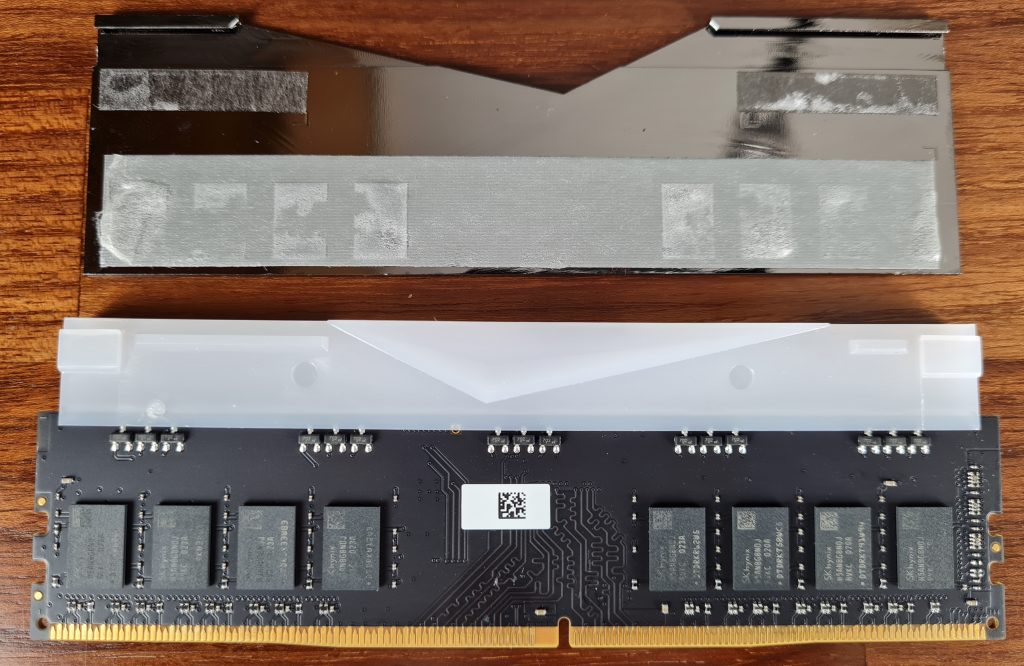

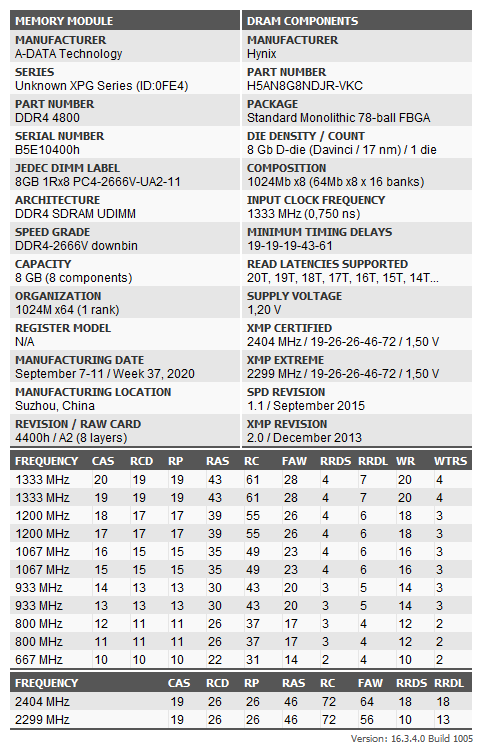
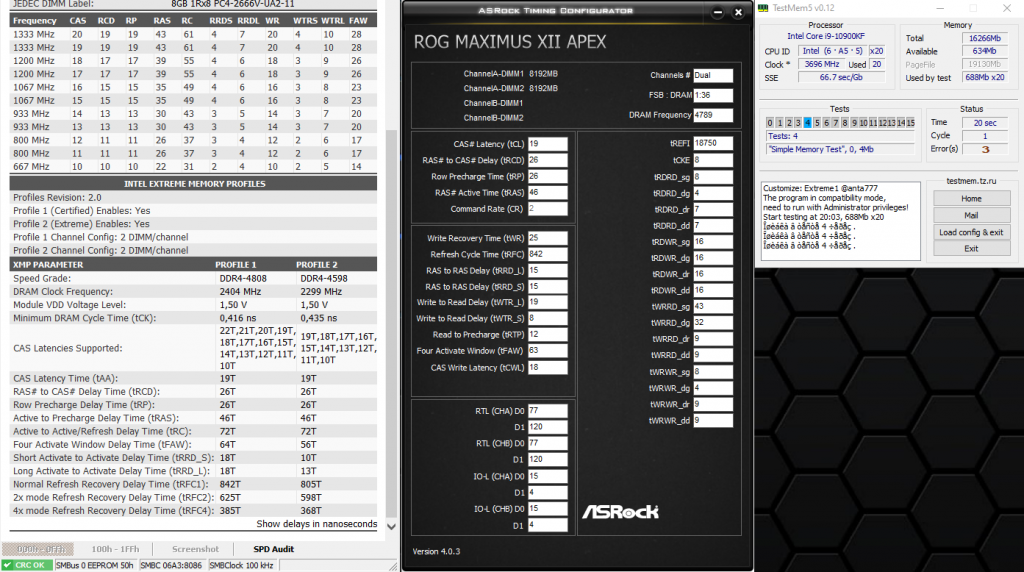
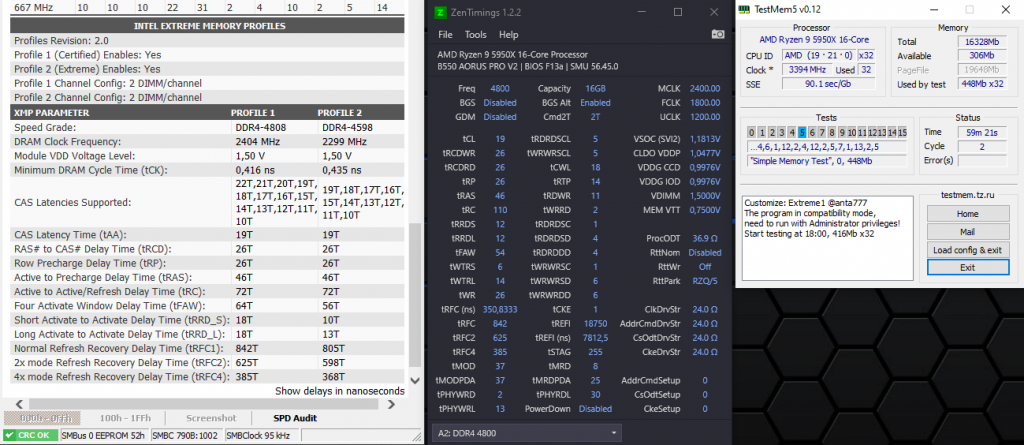

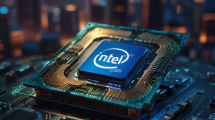














Kommentieren